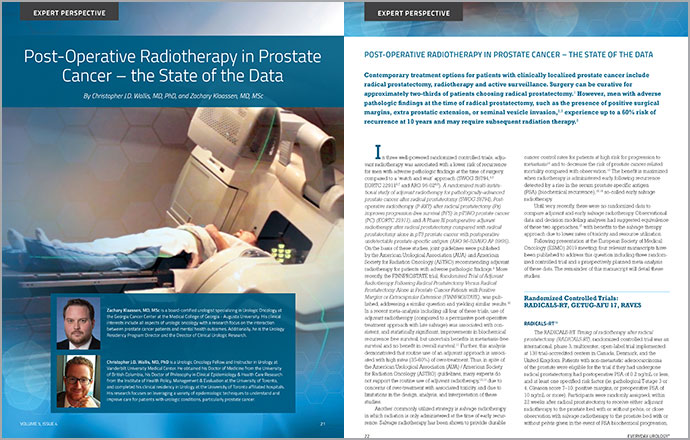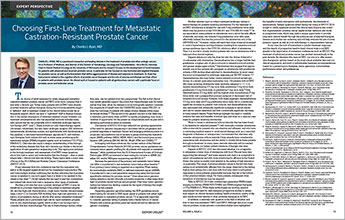Dear Colleagues,
Welcome to the second issue of Everyday Urology – Oncology Insights of 2020, published by Digital Science Press. Throughout the year, UroToday.com has provided information and expert perspectives on the evolving state of urology and GU oncology, as well as the impact COVID-19 has had on the healthcare environment, featuring video discussions amongst physicians at the frontlines of care and research. These videos, along with discussions of conference updates, journal clubs and the cancer patient journey series are featured on the UroToday.com website. This issue focuses on advances in the management of prostate cancer, as well as the ASCO 2020 virtual meeting held May 29-31, 2020.
In their article, “What is Changing in Advanced Prostate Cancer?” Christopher J.D. Wallis, MD, Ph.D., and Zachary Klaassen, MD, profile the ways in which advanced prostate cancer treatment has been revolutionized over the last 15 years, as no less than nine novel agents have been introduced with proven overall survival benefits. Reviewing the evidence that has defined these changes, Dr. Wallis and Dr. Klaassen detail the pivotal trials and FDA approvals that have demonstrated survival benefits across metastatic castration-resistant prostate cancer (mCRPC), metastatic castration sensitive prostate cancer (mCSPC) and nonmetastatic castration-resistant prostate cancer (nmCRPC), beginning with the introduction of docetaxel for men with castration-resistant prostate cancer in 2004, and continuing through recent phase 3 trials as well as reviewing novel treatment strategies.




















